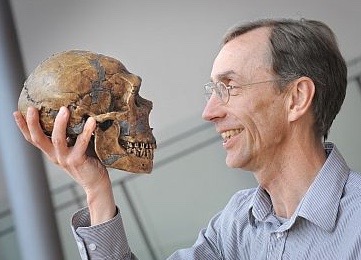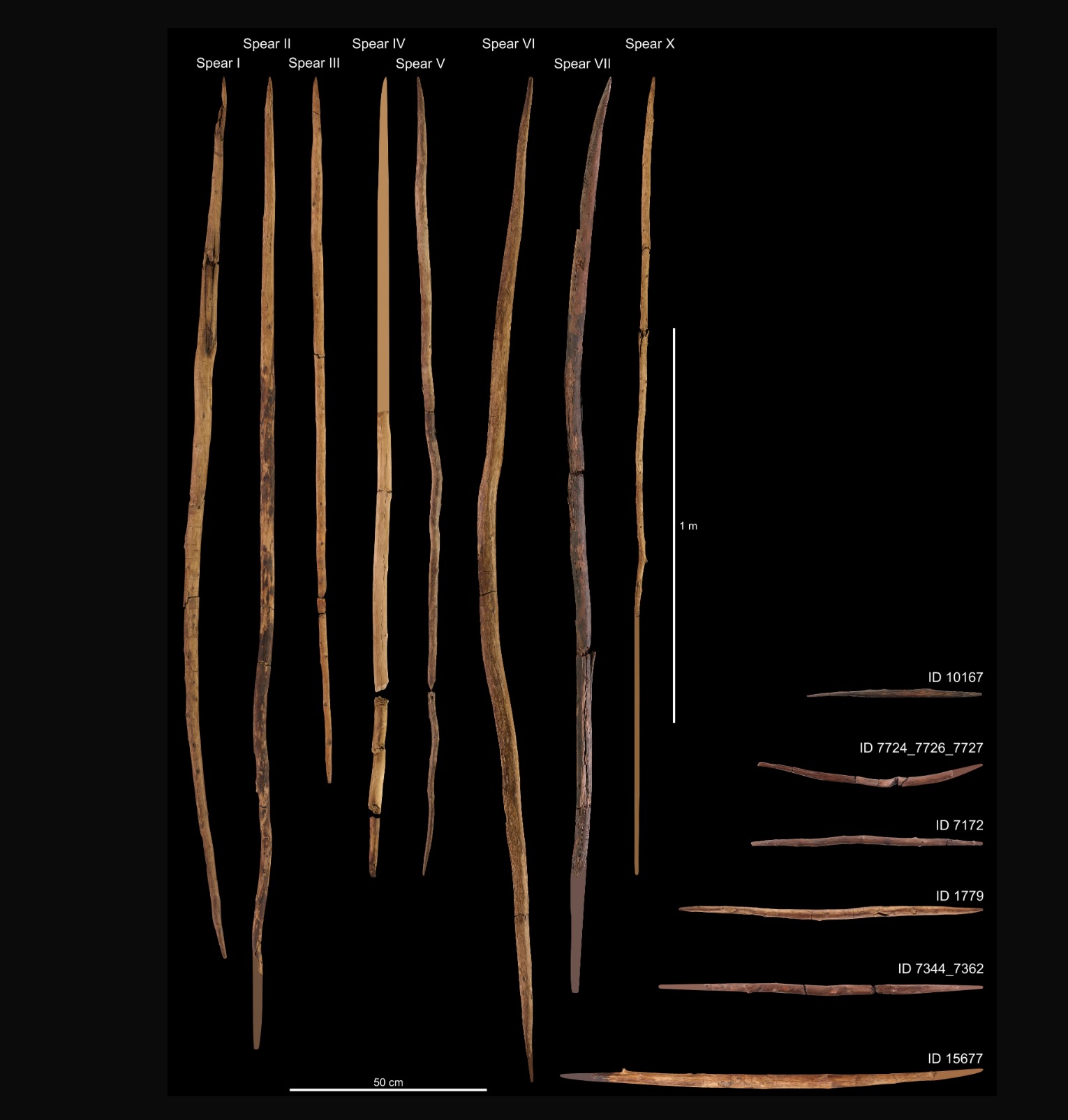How Much Neanderthal Is in You?
A lot. And you'll be glad for it.
In 2010, the first Neanderthal genome was sequenced by a Swedish scientist. Since then, we have uncovered new information about our seemingly distant relatives. Prior to the genetic discovery, we knew that Neanderthals roamed Earth up until about 40,000 years ago. This much is true, although, the extinct species was previously thought to be separate from Homo sapiens during this period because of geographical distance. However, the research now shows that there was a period of thousands of years when both existed on this planet together.
During those several thousands years when Homo sapiens, our modern human species, and Homo neanderthalensis coexisted, genes intermingled. In other words, humans and Neanderthals mated. And, yes, this means modern humans and Neanderthals are ancestors, giving humans genetic material conducive to the survival of the species. More on that in a minute.
The Neanderthal “cave man” stereotype is gradually unraveling
Work by anthropologists continue to uncover new artifacts and new evidence about Neanderthals. The latest study, in fact, challenges the very notion that these early humans ought to be characterized as inhabitants of the Stone Age. The study, citing a more advanced technology employed by Neanderthals, indicates they were able to fashion spears for hunting. These tools were made of wood, not stone. And we’re not talking about primitive clubs. Scientists found hefty, seven-foot-long wooden spears crafted out of quality hardwood, most likely spruce. These tools, used approximately 300,000 years ago, were specifically designed to take down large prey, challenging the notion that Neanderthals lived as scavengers. Added to that, evidence shows Neanderthals used advanced wood-turning technology, a process scientists used to think was not present during the Stone Age.
Scientists discovered the artifacts in the 1990s
The original discovery was made in the mid-1990s. The wood spears, traced to northern Germany, were excavated from a surface mine near Schöningen. Due to the deteriorating factor of wood, evidence of wooden tools pale in comparison to the many stone-hewn tools. Today, however, a hypothetical “Wood Age” has been tossed around. Head of research at the Department of Cultural Heritage of Lower Saxony, Thomas Terberger, the archaeologist who headed the recent report about evidence of the higher evolved tool, made the point. Referring to the study, Terberger said, “We can probably assume that wooden tools have been around just as long as stone ones, that is, two and a half or three million years.” The spears uncovered in Schöningen are the oldest known weapons used for hunting. The study was published in the Proceedings of the National Academy of Sciences in April. As discoveries are made, Neanderthals are proving to be more and more like modern humans than previously thought.
Evidence shows Homo sapiens and Homo neanderthalensis interbred
Neanderthals were early hominins from the Stone Age. We tend to think of them as hairy cave men hunting and gathering and clubbing animals to death, so it was interesting when, about a decade ago, we learned 99.7% of Neanderthal DNA is shared with modern humans. Evidence of this link was discovered in a 40,000-year-old jawbone excavated in Romania. When the genetic material was uncovered, researchers were able to find that 9% of the genetic information found in a human bone fragment from 40,000 years ago was Neanderthal. This proved Homo sapiens and Homo neanderthalensis mated. David Reich, from Harvard Medical School, helped lead the study. He said it was a great surprise. “In the last few years, we’ve documented interbreeding between Neanderthals and modern humans, but we never thought we’d be so lucky to find someone so close to that event.”
Did Neanderthal Genes Aid Homo Sapiens Survival?
Scientists have found that genetic traits from cave men exist in us in various ways. DNA for hair color, skin, and our immune system are from Neanderthal DNA. Currently, there is a lot of research going into the Neanderthal genetic link. They know it exists on chromosome 3, for instance, and geneticists are searching for information that leads to medical treatment. In culmination of this work, in 2022, Swedish scientist Dr. Svante Pääbo won the Nobel Prize for sequencing Neanderthal DNA.
Out of that 2020 study, researchers found, for instance, women who carry a specific Neanderthal trait are less likely to have a miscarriage. The survival trait also suggests women with the gene experience less chance of bleeding during pregnancy. These days, companies like 23andMe provide home DNA test kits to track Neanderthal DNA in us individually.


Post a comment